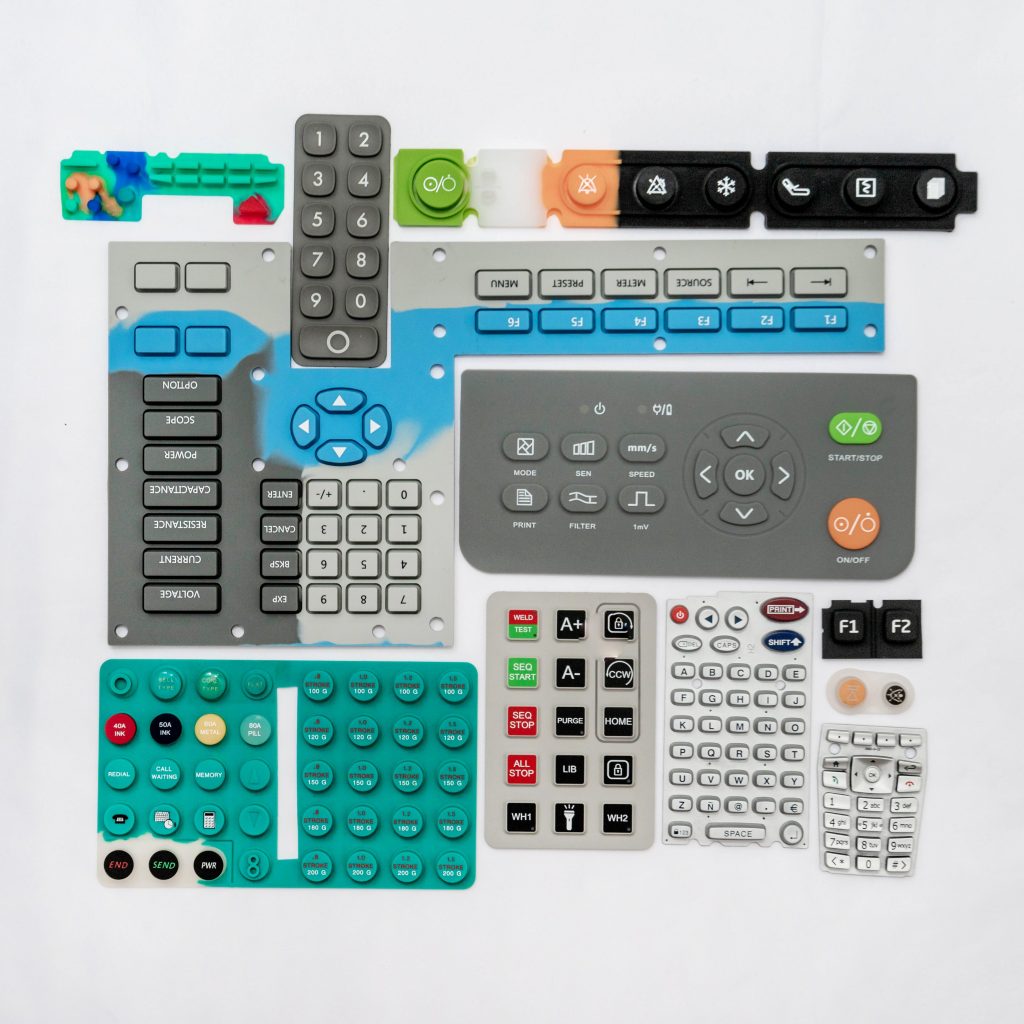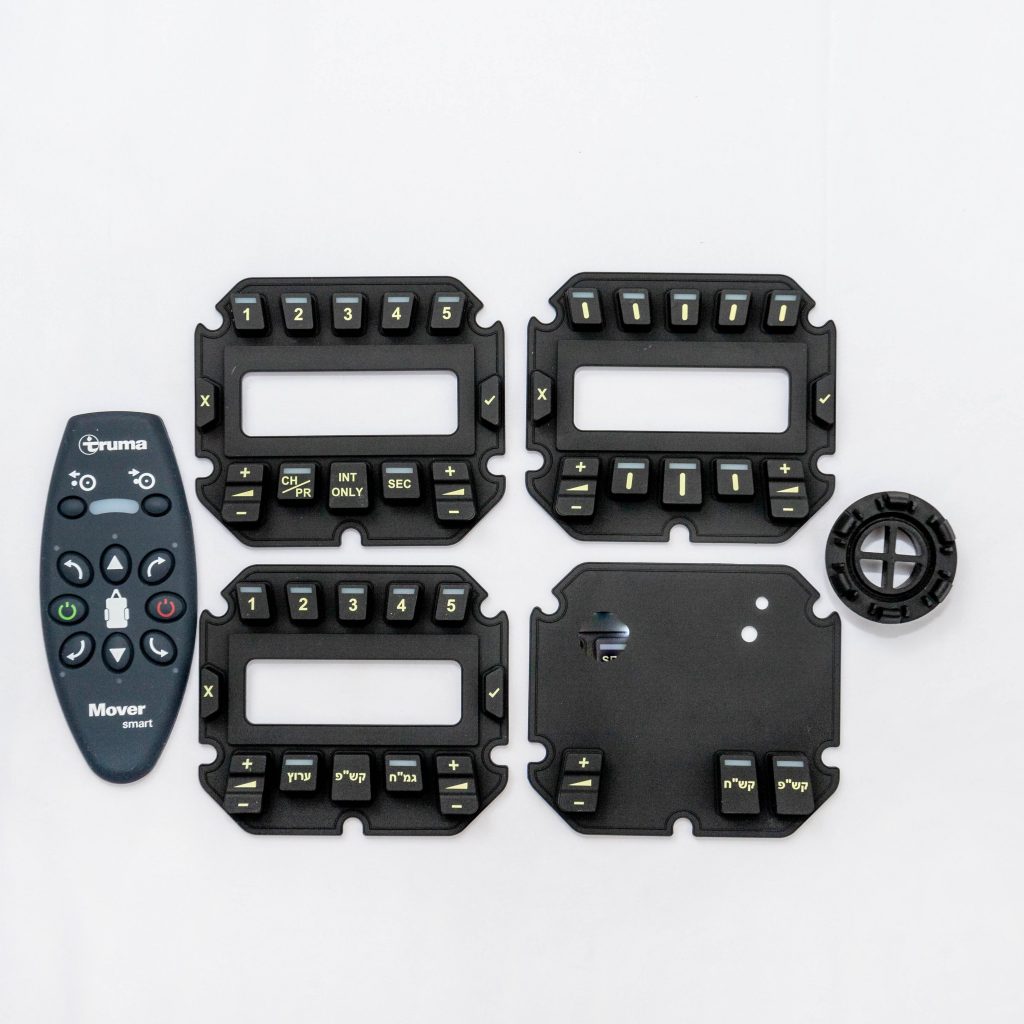Contact
Write to Us And We Would Be Happy to Advise You.
Do you have any questions, or would you like to speak directly with a representative?
By hqt
Silicone rubber keypads are commonly used in various applications, such as consumer electronics, medical devices, and industrial equipment. Texturing is an important aspect of silicone rubber keypads, as it provides tactile feedback and enhances the grip. In this article, we will discuss the different options for texturing silicone rubber keypads and their specific applications.


Silicone rubber keypads are used for input and control functions, and they need to be durable, reliable, and comfortable to use. Texturing enhances the tactile feedback of the keys, making it easier to operate them without looking at the keypad. It also provides a better grip, reducing the chances of slipping or sliding. Texturing also adds an aesthetic value to the keypad, making it look more appealing and professional.
There are different options for texturing silicone rubber keypads, and each has its advantages and disadvantages. The following are some of the most common options:
a. Laser etching
Laser etching is a process that uses a laser to create a texture on the surface of the silicone rubber keypad. This process is precise and can create intricate designs and patterns. It is also durable and can withstand harsh environments. However, it is relatively expensive, and the texture can wear off over time.
b. Molding texturing
Molding texturing is a process that involves creating a texture on the mold used to make the silicone rubber keypad. The texture is transferred to the keypad during the molding process, creating a permanent texture on the surface. This process is cost-effective and can produce consistent textures. However, it is limited in terms of design options, and the texture may wear off over time.
c. Spray coating
Spray coating is a process that involves spraying a textured coating on the surface of the silicone rubber keypad. This process is cost-effective and can produce a wide range of textures and colors. It is also durable and can withstand harsh environments. However, the texture may wear off over time, and the coating may crack or peel.
d. Print texturing
Print texturing is a process that involves printing a textured pattern on the surface of the silicone rubber keypad. This process is cost-effective and can produce intricate designs and patterns. It is also durable and can withstand harsh environments. However, the texture may wear off over time, and the print may fade or peel.
Textured silicone rubber keypads are used in various applications, and each has specific requirements. The following are some of the most common applications:
a. Medical devices
Medical devices require keypads that are easy to clean and disinfect, as well as provide tactile feedback for gloved fingers. Laser etching and spray coating are commonly used for medical keypads, as they are durable and easy to clean.
b. Industrial equipment
Industrial equipment requires keypads that can withstand harsh environments, such as extreme temperatures, chemicals, and abrasion. Molding texturing and spray coating are commonly used for industrial keypads, as they provide a durable texture that can withstand harsh environments.
c. Consumer electronics
Consumer electronics require keypads that are aesthetically pleasing and provide a comfortable user experience. Print texturing and laser etching are commonly used for consumer electronics keypads, as they can produce intricate designs and patterns.
When choosing a texturing option for silicone rubber keypads, there are several factors to consider:
a. Design requirements
The design requirements of the keypad will dictate the type of texturing that is suitable. For example, if intricate designs are required, laser etching or print texturing may be more suitable than molding texturing.
b. Environmental factors
The environmental factors that the keypad will be exposed to will also affect the choice of texturing. If the keypad will be exposed to harsh environments, such as extreme temperatures or chemicals, a more durable texture, such as spray coating or molding texturing, may be required.
c. Cost
The cost of the texturing process is also a factor to consider. Laser etching and print texturing tend to be more expensive than molding texturing or spray coating.
Texturing is an important aspect of silicone rubber keypads, as it provides tactile feedback, enhances the grip, and adds an aesthetic value. There are several options for texturing silicone rubber keypads, each with its advantages and disadvantages. The choice of texturing option will depend on the design requirements, environmental factors, and cost.
Q1. Can textured silicone rubber keypads be customized to my specific design?
A1. Yes, textured silicone rubber keypads can be customized to your specific design requirements using laser etching, molding texturing, spray coating, or print texturing.
Q2. Will the texture wear off over time?
A2. The durability of the texture will depend on the texturing option chosen and the environmental factors that the keypad will be exposed to.
Q3. How do I choose the best texturing option for my silicone rubber keypad?
A3. The best texturing option will depend on the design requirements, environmental factors, and cost.
Q4. Can I use textured silicone rubber keypads for medical devices?
A4. Yes, textured silicone rubber keypads are commonly used for medical devices due to their durability and ease of cleaning.
Q5. Can I use textured silicone rubber keypads for consumer electronics?
A5. Yes, textured silicone rubber keypads are commonly used for consumer electronics due to their aesthetic value and comfortable user experience.
Do you have any questions, or would you like to speak directly with a representative?